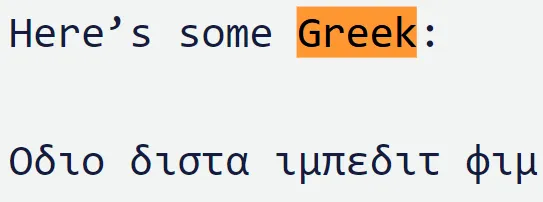我正在尝试从图像中自动提取比例尺(比例尺条+数字+单位)。这是一个例子:
到目前为止,它的表现相当不错,特别是因为图像是通过氦离子显微镜生成的,标签(比例尺所在位置)是自动生成并与TIFF一起存储的。因此,文字和线条的检测非常准确。此外,比例尺始终位于图像的同一位置,并且实际比例线始终水平。上述代码存在缺陷,但我更关心的是我无法检测除英语以外的任何内容。
可悲的是,当涉及到提供的软件包的说明时(特别是如果您查看导航器),Anaconda非常加密。所以我做了一些研究,在
它用于将像素映射到现实世界的测量。
我正在使用通过Anaconda3安装的PyTesseract。
这是我的代码:
import cv2
import pytesseract
import numpy as np
img = cv2.imread('pbmk_scale.tif')
#img = cv2.imread('ocr_test_greek_and_english.png')
gray = cv2.cvtColor(img, cv2.COLOR_BGR2GRAY)
blur = cv2.GaussianBlur(gray, (3,3), 0)
thresh = cv2.threshold(blur, 0, 255, cv2.THRESH_BINARY_INV + cv2.THRESH_OTSU)[1]
# Morph open to remove noise and invert image
kernel = cv2.getStructuringElement(cv2.MORPH_RECT, (3,3))
opening = cv2.morphologyEx(thresh, cv2.MORPH_OPEN, kernel, iterations=1)
invert = 255 - opening
# Line detection for the scale line
edges = cv2.Canny(gray,50,150,apertureSize = 3)
minLineLength = 100
maxLineGap = 10
lines = cv2.HoughLinesP(edges,1,np.pi/180,100,minLineLength,maxLineGap)
x1,y1,x2,y2 = lines[0][0]
print('Line (' + str(x1) + ',' + str(y1) + ') -- (' + str(x2) + ',' + str(y2) + ')')
# Calculating lenght of scale line in pixels. Since the line is always horizontal we need to just subtract the X coordinates
l = abs(x1 - x2)
print('Line is ' + str(l) + 'px long')
# Text recognition for the scale number and real unit
# FIXME Greek not detected. Is it grc or ell for the configuration? Both don't work
custom_config = r'-l grc+eng --psm 1' # Greek (for mu and nu letters) and English (for m (metre))
text = pytesseract.image_to_string(img, config=custom_config)
print('OUTPUT:', text.split())
number = [int(s) for s in text.split() if s.isdigit()]
print('Number is ' + str(number))
到目前为止,它的表现相当不错,特别是因为图像是通过氦离子显微镜生成的,标签(比例尺所在位置)是自动生成并与TIFF一起存储的。因此,文字和线条的检测非常准确。此外,比例尺始终位于图像的同一位置,并且实际比例线始终水平。上述代码存在缺陷,但我更关心的是我无法检测除英语以外的任何内容。
可悲的是,当涉及到提供的软件包的说明时(特别是如果您查看导航器),Anaconda非常加密。所以我做了一些研究,在
C:\ Users \ USER_NAME \ anaconda3 \ envs \ MachineLearning \ tessdata 下(其中 MachineLearning 是我的自定义虚拟环境),我找到了两个东西:
- 只有两个
.traineddata 文件- eng.traineddata 和 osd.traineddata
eng.traineddata 比我在Tesseract项目的 git repo 中找到的一个要小得多,托管在 GitHub 上。
我下载了多个已训练的数据文件(eng、ell和grc)。我进行了一次测试,只使用了grc和ell(分别加上组合),以及同时在图像中使用希腊语和英语。例如,在上面的代码中删除了行检测部分后,得到以下图像:
产生以下结果:
OUTPUT: ['Here’s', 'some', 'GBeek', 'Od10', 'd1ota', 'iumEedit', 'Oy']
我尝试了各种有意义的PSM参数值,但没有任何变化。
我对OCR和Tesseract很新,所以我可能忽略了一些非常明显的东西。

